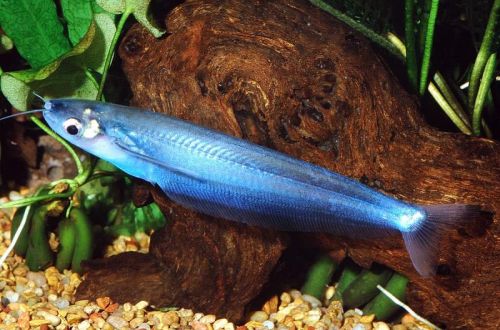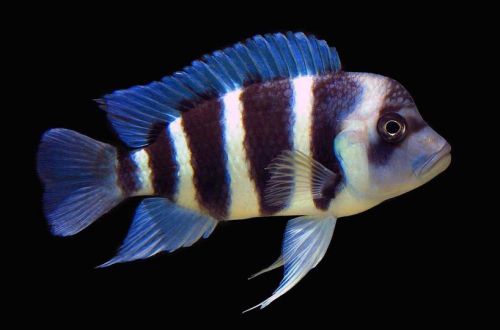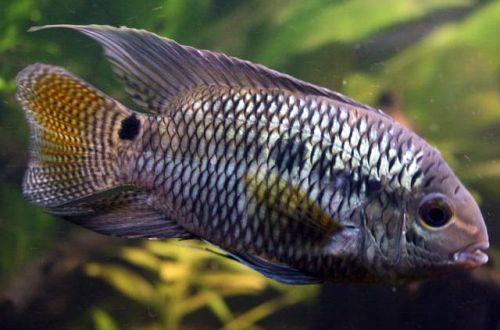
Barbus linear
Linear barb, scientific name Striuntius lineatus, belongs to the Cyprinidae family. Agile friendly fish compatible with many other popular species. This fish is very similar to several closely related species (more on that below), so it is not known how common it is in the hobby aquarium.
Contents
Habitat
The fish comes from the island of Sumatra in Southeast Asia. Inhabits shallow peat bogs and inflowing/outflowing streams. A typical biotope is a reservoir littered with leaves, fallen tree branches, and numerous roots. The water has very low pH values and a high concentration of tannins, which gives it a rich brown color.
Brief information:
- The volume of the aquarium – from 200 liters.
- Temperature – 22-25°C
- Value pH — 4.0–7.0
- Water hardness – 1–10 dGH
- Substrate type – dark soft
- Lighting – subdued
- Brackish water – no
- Water movement – little or no
- The size of the fish is 8-10 cm.
- Food – any food
- Temperament – peaceful
- Keeping in a group of 8-10 individuals
Description
Adult individuals reach a length of about 5 cm. The body pattern consists of alternating horizontal black stripes on a light silvery background. Sexual dimorphism is weakly expressed, females can be distinguished only by a larger body shape.
The linear barb is closely related to the three-line barb and the five-line barb, which is manifested in the external similarity of the three species. It will be difficult for the average aquarist to identify a particular species, but in most cases this is not required, since they all have similar requirements for their content.
Food
An omnivorous species, will accept most popular foods of a suitable size. An important condition is that herbal supplements / components must be present in the composition of the feed.
Maintenance and care, arrangement of the aquarium
The optimal size of an aquarium for a flock of 8-10 fish starts from 150-200 liters. In the design, it is recommended to use a lot of snags, thickets of shade-loving plants, for example, from among anubias, cryptocorynes, aquatic mosses and ferns. The lighting level is subdued. Any soft dark soil. Experienced aquarists add a layer of leaves of some trees to the bottom, which in the process of decomposition give the water a characteristic brown tint. Read more in the article “Which tree leaves can be used in an aquarium.”
Maintenance of an aquarium with a Barbus linear is standard and includes the following mandatory procedures: weekly replacement of part of the water with fresh water, removal of organic waste, replacement of leaves (if any), equipment maintenance.
Behavior and Compatibility
Active peaceful fish. It will make a great addition to a community of species from Southeast Asia, such as Danios, Rasboras, other Barbs, etc. Prefers to be in a flock of 8-10 individuals.
Breeding / breeding
At the time of writing, no successful cases of breeding in a home aquarium have been recorded. Probably, reproduction is similar to other closely related species.
Fish diseases
Barb linear has good endurance, diseases appear only in weakened fish as a result of poor nutrition and / or unsuitable conditions. Infection is also possible through contact with already sick fish. Read more about symptoms and treatments in the Aquarium Fish Diseases section.





